Pu'er has its own ways to get on well with wild elephants
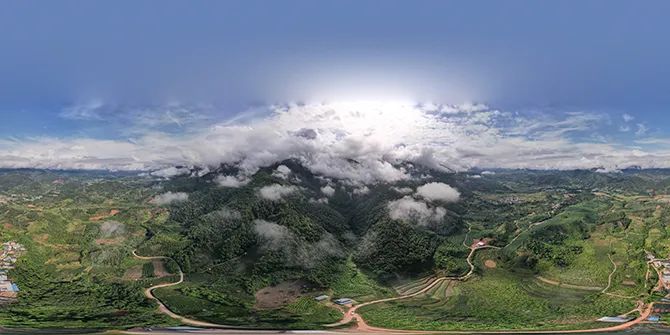
Have you ever heard of the elephant canteen or the elephant-proof school? They are real existences in southwest Yunnan’s Pu’er city.
With lush vegetation and sound ecology, Pu'er provides habitat for as many as 181 wild Asian elephants.
So how could local folks get on well with the giants?
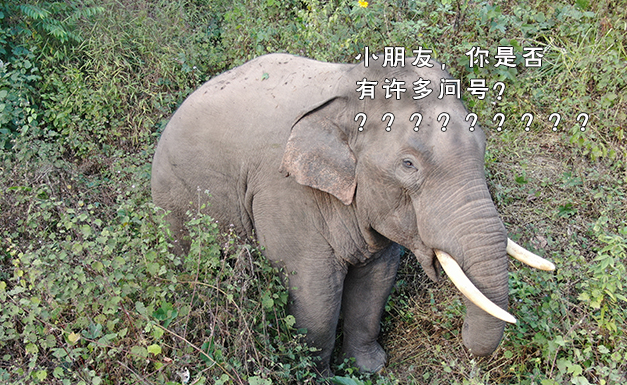
Monitoring elephants with phone
Pu'er city has hired special forest rangers as wild elephant monitors, who keep watching the giants around the clock via smart phones or drones. Warnings are sent to locals timely.
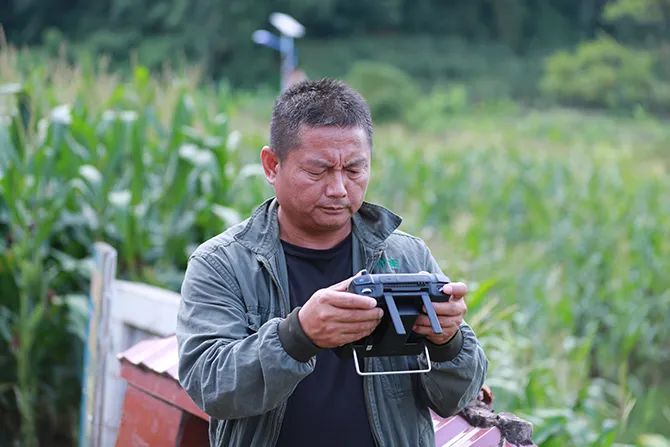
A forest ranger watches wild elephants with a drone.
With drones and phones readily available, the monitors can send warnings directly to local villagers whenever a wild elephant is seen.
The monitors will also update the data in real time, allowing nearby villagers to know the giants’ whereabouts by scanning a QR code with their mobile phone.
Elephant-proof facilities
To better man-elephant coexistence, Pu'er has rolled out some elephant-proof facilities.
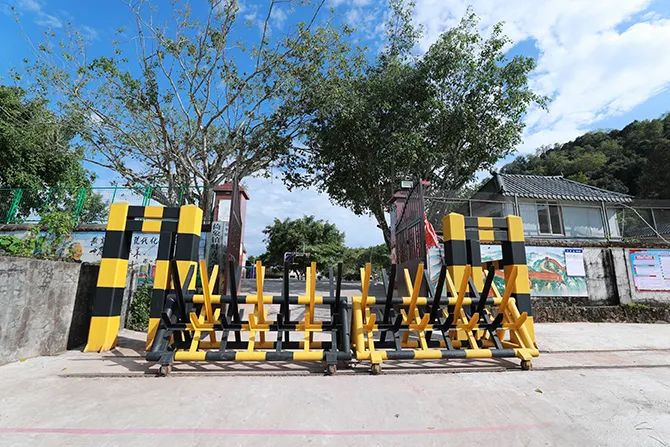
The Naji primary school with elephant-proof facilities
At the primary schools of Bangnong and Naji in Pu’er, gates are blocked by steel structures each weighing several tons. And two-meter-high fences were built around school to deny elephant entry.
In villages where wild elephants are active, roads are equipped with solar lamps, fences and others.
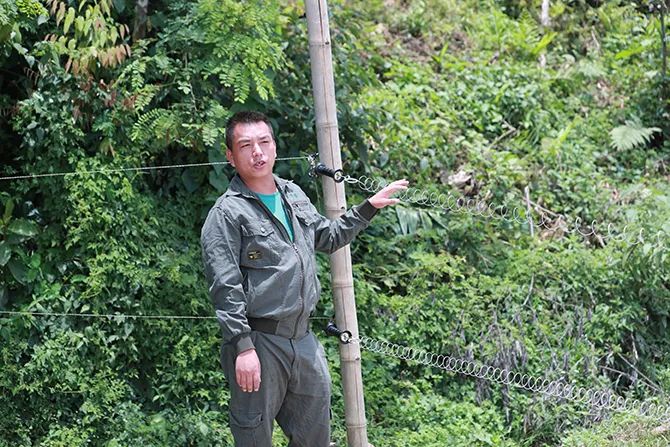
A staffer briefs on preventive e-facilities
Elephant-proof fences were constructed around villages frequented by the giants, with 40 infrared cameras fixed for surveillance.

Hiding tower in an elephant canteen
The elephant-avoiding towers have been built up on the farms frequented by wild elephants, so that local farmers could hide themselves when encountering the giants in the fields.
The elephant canteen
To minimize man-elephant conflict, Pu'er created the elephant canteen.

An elephant herd in Jiangcheng county
In 2018, the Simao district in Pu’er first designed an elephant food base, where corn, banana, palm leaf and grass are grown for the wild giants. At present, the “canteen” area covers around 3,000 mu, or 200 ha.
This year, Pu'er city designated another 7,000 mu as new area for elephant food source, planting corn, banana, sugarcane and others -- all favorite food of the wild giants. The area is expected to further reduce the chance of elephants entering villages.
With sufficient food in the canteens, the wild Asian elephants will no longer damage the villagers’ crops in bulk as they did in the past.

Source: Yunnan Daily and others; Trans-editing by Wang Shixue








